Check valves are self-activating relief valves. They operate entirely by reacting to the flow and pressure generated by the process streams in which they are installed. Also known as one-way directional or non-return valves, these devices are designed to allow fluid, air or gases to flow in only one direction and eliminate backflow. Read More…
Our check valves are manufactured with the customer in mind. We believe in offering superior products and services every time. No matter whether you are looking for small or large valves, we can meet your every needs. It is our goal to offer excellent prices and service to each customer. Contact us to learn more today!
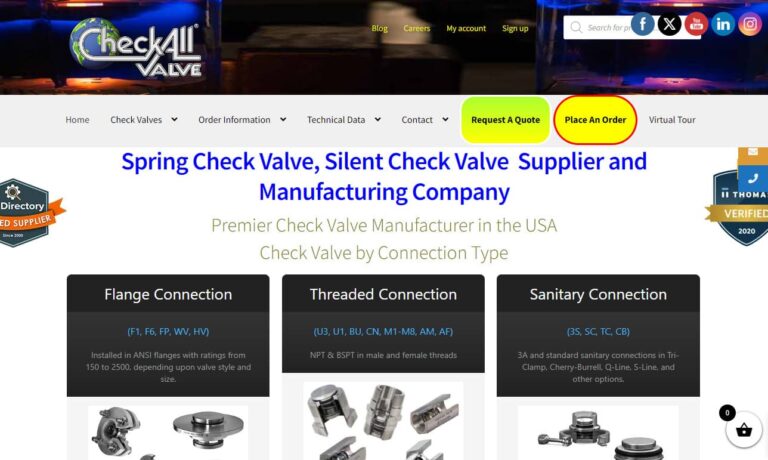
Our team at Control Devices believes that all of our customers should receive products that exceed their expecations. That’s why we design and produce our check valves using the highest quality materials. We will work with each customer to help find a lasting solution. Our company is ISO 9001:2015 certified. Contact Control Devices today to learn more!
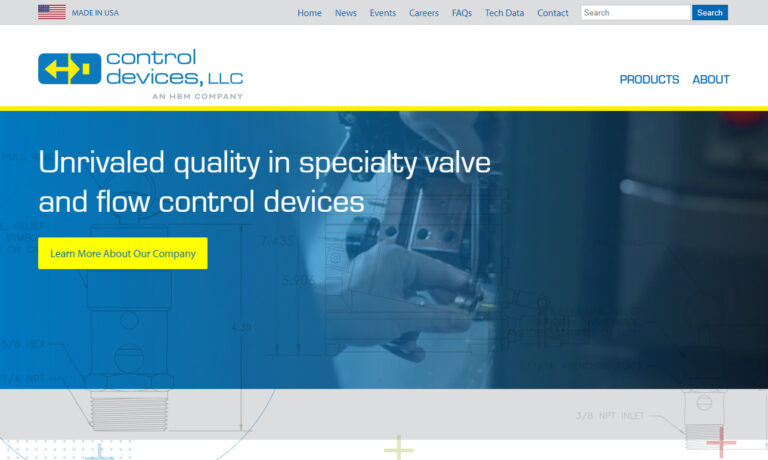
We make our check valves to be wear resistant and able to withstand the elements in sewage, sludge and slurries plus hold up to pressure drop. Rubber and full-metal-body check valves are offered. Contact us about your process piping needs. EVR Products is an ISO 9001:2015-registered company.
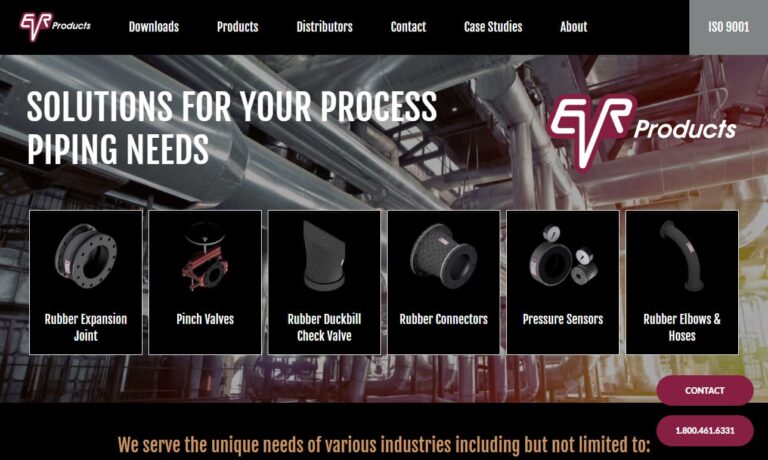
Manufacturing standard or custom check valves, pressure relief valves, needle valves, control valves, pressure regulators and instrument-quality tube fittings plus other flow and pressure control products is our business. Generant is ISO 9001:2000 certified. We have been in business for 75+ years.
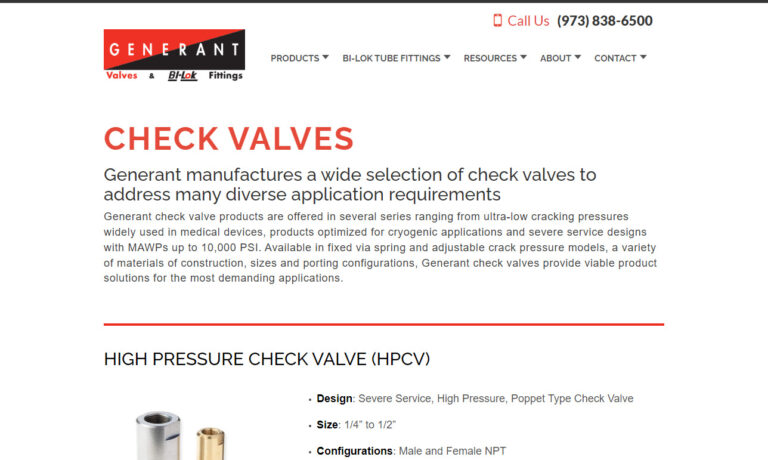
More Check Valve Manufacturers
Check Valve Applications
Check valves play a vital, often unnoticed, role in virtually all plumbing and fluid transfer systems, whether industrial, commercial, or residential. They ensure efficient backflow prevention in sectors such as sewage treatment, water purification, healthcare, chemical manufacturing, power production, pharmaceuticals, chromatography, farming, hydropower, petrochemicals, and food and beverage processing. By preventing operational failures and functioning independently, check valves enhance the safety of water, gas, and pressure systems and frequently meet regulatory requirements.
In residential applications, check valves regulate the start and stop of liquid flow in water heaters, household plumbing, faucets, dishwashers, and advanced devices like metering pumps, blenders, mixers, and flowmeters. In industrial environments, they oversee systems in nuclear and chemical facilities, aircraft hydraulic systems (managing vibrations, temperatures, and corrosive substances), spacecraft and launch vehicles (for reaction control, propulsion propellant regulation, and altitude control), and gas stream control systems (to prevent gas mixing).
The History of Check Valves
Frank P. Cotter invented the first check valve in 1907, notable for its ease of installation, inspection, and repair. In 1916, Nikola Tesla developed another check valve, known as the Tesla valve, and patented it in 1920. This valve functioned as a simple one-way fluid valve. With advancements in plastic and manufacturing technology, plastic diaphragm check valves became prevalent, particularly in the medical industry.
Manufacturers have adapted to various regulations over the years. Congress enacted the Drinking Water Act in January 2014, limiting the lead content in any object that contacts drinking water to 0.25%. To comply, manufacturers have focused on replacing outdated, lead-based water supply piping systems with new components, including check valves made of plastic or stainless steel.
Design of Check Valves
Despite the check valve’s relatively straightforward design and function, manufacturers must account for several vital considerations when developing their product diagrams. These factors ensure that materials flow smoothly through the valve and that backflow is effectively prevented.
One of the most critical aspects is the selection of construction materials, which greatly affects the valve’s performance. If unsuitable materials are used, the valve may suffer from wear, erosion, or contamination of the process stream. Manufacturers have a broad spectrum of materials to choose from, including various plastics, metals, and synthetics. Typical materials include PVC, brass, ductile iron (for iron-bodied valves), copper, polyethylene, polypropylene, aluminum, carbon steel, stainless steel (for both stainless steel-bodied valves and stainless steel springs), and rubber. This importance of material choice is so pronounced that valves are frequently named based on their primary material, such as the iron body check valve.
Manufacturers meticulously evaluate the dimensions of check valves, which are available in various sizes. The key consideration is the diameter of the seat and stopping mechanism, which can range from less than an inch to several feet. Correct sizing ensures seamless integration into existing flow lines, based on the dimensions of the pipe or tubing.
The valve size also influences the pressure rating or cracking pressure, which is the minimum pressure needed for the valve to function. An oversized valve may not open due to insufficient process stream pressure, even if the opposing pressure is exceeded. On the other hand, an undersized valve may fail to close, resulting in continuous flow and risks such as equipment damage, material loss, and hazardous cross-contamination.
Additional factors to consider include media temperature, differential pressure, and the valve flow coefficient. These elements, along with the specific check valve type, are determined by the intended application. To address unique needs, manufacturers often design custom check valves.
Features of Check Valves
Check valves are increasingly popular due to their straightforward design and ease of use. These valves operate entirely based on process flow, eliminating the need for additional actuating mechanisms. Typically, a check valve is a tubular device attached to the pump head on both the inlet and outlet lines. Inside, it is divided into upstream and downstream sections by a seat that extends from the cylinder walls, allowing the process stream to pass through.
On the downstream side, a sphere, cone, disc, or similar component rests against the seat, with limited movement to prevent it from being carried downstream. When the stream flows in the intended direction and reaches the required pressure, the plug is dislodged from the seat, allowing fluid or gas to pass through. As the pressure decreases, the stopper returns to the seat to block backflow. Gravity or a stainless steel spring mechanism typically drives this return movement, although increased downstream pressure can also reposition the device. This action prevents downstream materials from mixing with upstream materials, even under elevated pressure.
The specific stopper used depends on the type of check valve. Ball check valves use a sphere, lift check valves use a cone or disc attached to a rod guide, and swing and wafer valves use one or more discs to seal the valve seat.
Types of Check Valves
Large Check Valve
Large check valves, also known as non-return valves, are essential components in various industrial, commercial, and domestic applications. They ensure the safe and consistent downstream flow of diverse materials, including water, oxygen, fuel, acids, bases, sludge, slurry, and hazardous waste.
Mini Check Valve
Mini check valves, or micro check valves, function similarly to their larger counterparts but on a much smaller scale. These valves precisely regulate unidirectional gas or fluid flow in confined spaces, making them ideal for applications requiring meticulous control.
Relief Valve
Relief valves, commonly referred to as safety relief valves, are robust devices designed to withstand chemical corrosion and continuous use. Typically constructed from PVC, stainless steel, brass, or aluminum, these valves are crucial for releasing excess, potentially hazardous pressure from closed-top vessels or piping systems. They remain closed until the set pressure is reached, ensuring safety and system integrity.
Ball Check Valve
Ball check valves use a loose ball as a stopper and are available in iron, plastic, or stainless steel. They regulate fluid flow and come in various types: spring-loaded ball check valves, which feature a stainless steel spring to keep the ball closed; reverse flow ball check valves, which rely on reverse flow to return the ball to its seat and seal the valve; and three-wayball check valves, which use a ball, gate, or globe stopper in the valve’s center to manage flow in multiple directions.
Disc Check Valve
A disc check valve is a type of check valve characterized by the use of a disc-shaped mechanism as its closure element. Disc check valves encompass various types, including lift check valves, swing check valves, butterfly valves, and wafer check valves. Each of these valve types possesses distinct operational characteristics and designs. For a comprehensive understanding, each type will be discussed individually under its respective heading.
Lift Check Valve
Lift check valves, also referred to as piston check valves, are equipped with a disc, commonly known as a “lift,” that can move away from its seat. This disc lifts when the pressure of the inlet fluid or upstream fluid rises, allowing fluid to flow downstream. As the pressure decreases, either high downstream pressure or gravity forces the disc back to its seated position. These valves are frequently employed as safety relief or control valves.
Swing Check Valve
Swing check valves feature a flat disc that rotates or pivots on a hinge pin. Unlike other valve types, they do not require a stainless steel spring for operation. The disc swings onto the seat to prevent reverse flow and swings away from the seat to allow forward flow. These valves are also known as non-return valves.
Butterfly Check Valve
Butterfly check valves are engineered to manage pressure flow within large piping systems. These valves feature a tube-shaped disc that remains within the flow stream, regulating flow through rotational movement. They are available in either iron or stainless steel construction. Butterfly check valves are versatile and find applications across various sectors, including food and beverage, chemical, and pharmaceutical industries.
Wafer Check Valve
Wafer check valves are designed as one-way mechanisms to prevent backflow by permitting fluid flow in a single direction only. The valve operates by opening the disc with the forward fluid flow and closing it when backflow pressure is detected. Available in stainless steel or iron, these valves are essential for ensuring unidirectional fluid movement and preventing reverse flow.
Spring Check Valve
Spring check valves utilize a stainless steel spring to regulate the pressure required for valve actuation and ensure reliable closure. These valves are particularly effective in managing high-pressure differentials across the valve, preventing issues such as valve clapping and overflow caused by increased downstream flow. Additionally, they offer protection against strong upstream surges, including water hammer effects.
Double Check Valve
Double check valves integrate multiple valve components to enhance functionality and reliability. Generally made from materials such as stainless steel, plastic, or iron, these valves are designed to reduce wear and offer robust protection against backflow. This backflow could otherwise cause pressure surges, cross-contamination, or flooding. By employing a dual-valve setup, Double check valves provide an added layer of security, ensuring stable and effective system performance.
Pilot-Operated Check Valve
The pilot-operated check valve features a compact, non-modular design and is optimized for handling high-pressure or high-flow conditions. Typically installed with a flanged connection or through metallic piping, it effectively prevents reverse flow while allowing smooth passage through the valve to an actuator. This type of valve is celebrated for its excellent sealing performance and is ideal for applications requiring secure clamping or holding. However, it is less effective for controlling the flow of overrunning loads and is not recommended for use with cylinders.
Solenoid Valve
Solenoid valves are compact, energy-efficient components that regulate fluid flow via an electrically activated solenoid. Typically equipped with two ports (2-way valves), these valves enable fluid to pass through unhindered when open and block it when closed. Three-way valves redirect fluid between an inlet port and one of two alternative ports, commonly used for exhaust or supply. In fluidics, solenoid valves are essential for precise operations such as mixing, halting, releasing, dosing, or distributing fluids, ensuring effective and reliable flow control.
Silent Check Valve
Designed for quiet operation, the silent check valve minimizes noise by rapidly opening and closing to reduce hammering effects. It mitigates shock and ensures a smooth process by closing before fluid flow reverses.
Advantages of Check Valves
Check valves, also known as non-return or one-way valves, are essential for maintaining efficient and safe system operation. They regulate the flow of fluid or gas by permitting movement in only one direction, thereby ensuring the correct flow path and preventing backflow. This mechanism enhances system efficiency and protects against reverse flow and contamination. When reverse flow occurs, check valves automatically close to prevent operational issues, contamination, and equipment damage. Their design also supports energy efficiency by removing the need for additional energy-consuming components.
Additionally, check valves help minimize the water hammer effect, which can cause damaging pressure surges in the system. By blocking unwanted substances or fluids, they maintain a clean and reliable operation. Adaptable to a wide range of applications and fluid types, check valves provide a cost-effective solution for backflow prevention and associated challenges. Overall, their role is crucial in various industries, offering benefits such as flow control, backflow prevention, energy savings, system protection, versatility, and cost-effectiveness.
Check Valve Accessories
Accessories for check valves play a crucial role in enhancing their overall performance, installation, operation, and maintenance. Key components include flanges, silencers, strainers, bypass lines, backflow preventers, lubrication systems, and more. Accessories for check valves are integral to enhancing their performance, installation, operation, and maintenance. Flanges and flange gaskets are essential for establishing secure, leak-proof connections between check valves and piping systems. Flanges join the check valve to the pipeline, while gaskets create a tight seal that prevents leaks and maintains system integrity. Strainers, positioned upstream of the check valve, remove debris and contaminants from the fluid or gas stream, protecting both the valve and downstream equipment from damage and ensuring smooth operation.
Bypass lines are critical for maintaining continuous flow or pressure relief when the check valve is closed, providing an alternative flow path to prevent system interruptions. Silencers play a key role in reducing operational noise and mitigating the water hammer effect, which can result from sudden changes in flow velocity. Position indicators and gauges offer real-time monitoring of valve position, pressure, and temperature, allowing operators to ensure optimal performance and address any issues promptly. Lubrication systems are vital for valves with moving parts, reducing friction and wear to maintain smooth operation and extend the valve’s service life.
Additional safety and protection measures include valve lockouts and tags, which secure check valves during maintenance or repairs to prevent accidental operation. Backflow preventers, commonly used in plumbing systems, incorporate check valve mechanisms to safeguard against reverse flow and contamination. The selection of specific accessories should be based on the requirements and characteristics of the system to maximize functionality, efficiency, safety, and control of check valves.
Choosing the Right Manufacturer
To obtain a high-quality check valve, collaborate with a reputable manufacturer that excels in both technical expertise and customer service, especially for custom requests. We’ve compiled a list of top manufacturers with detailed profiles available midway through this page. Review these profiles, reach out to multiple manufacturers with your specifications, and compare their responses to make an informed decision.

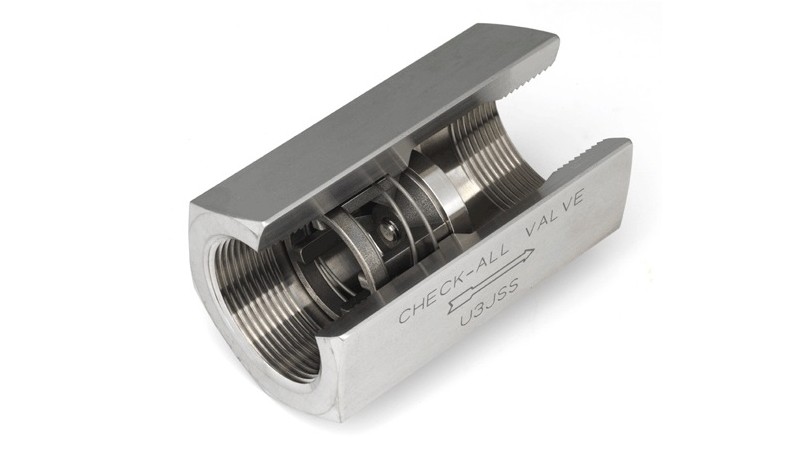
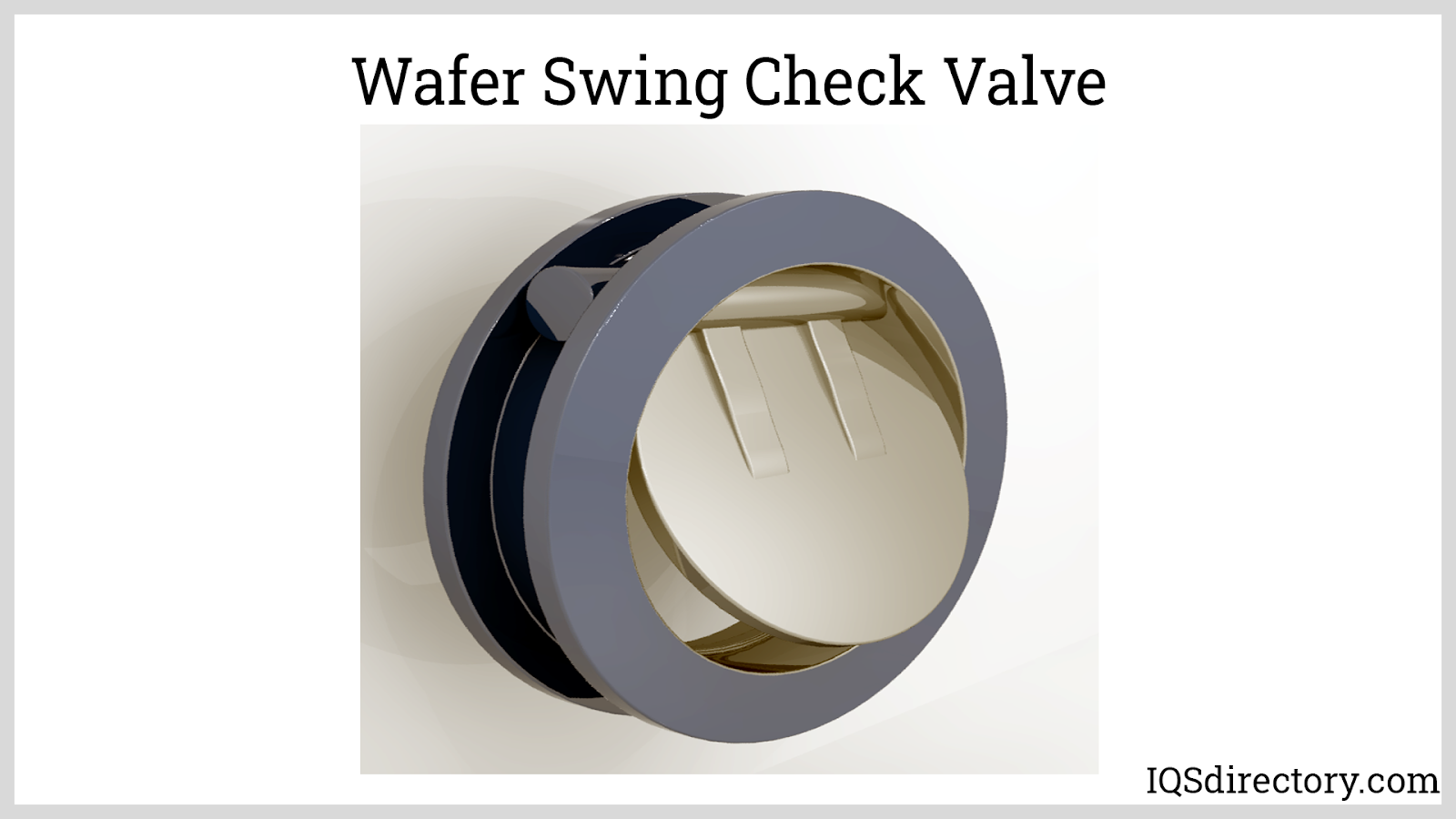
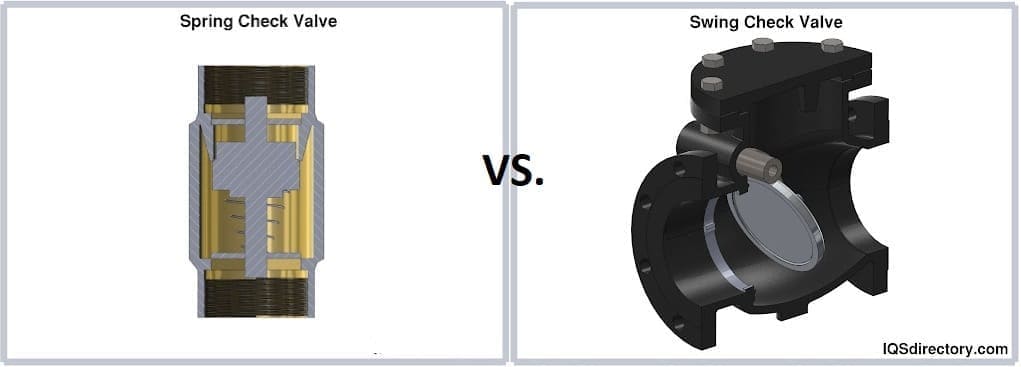
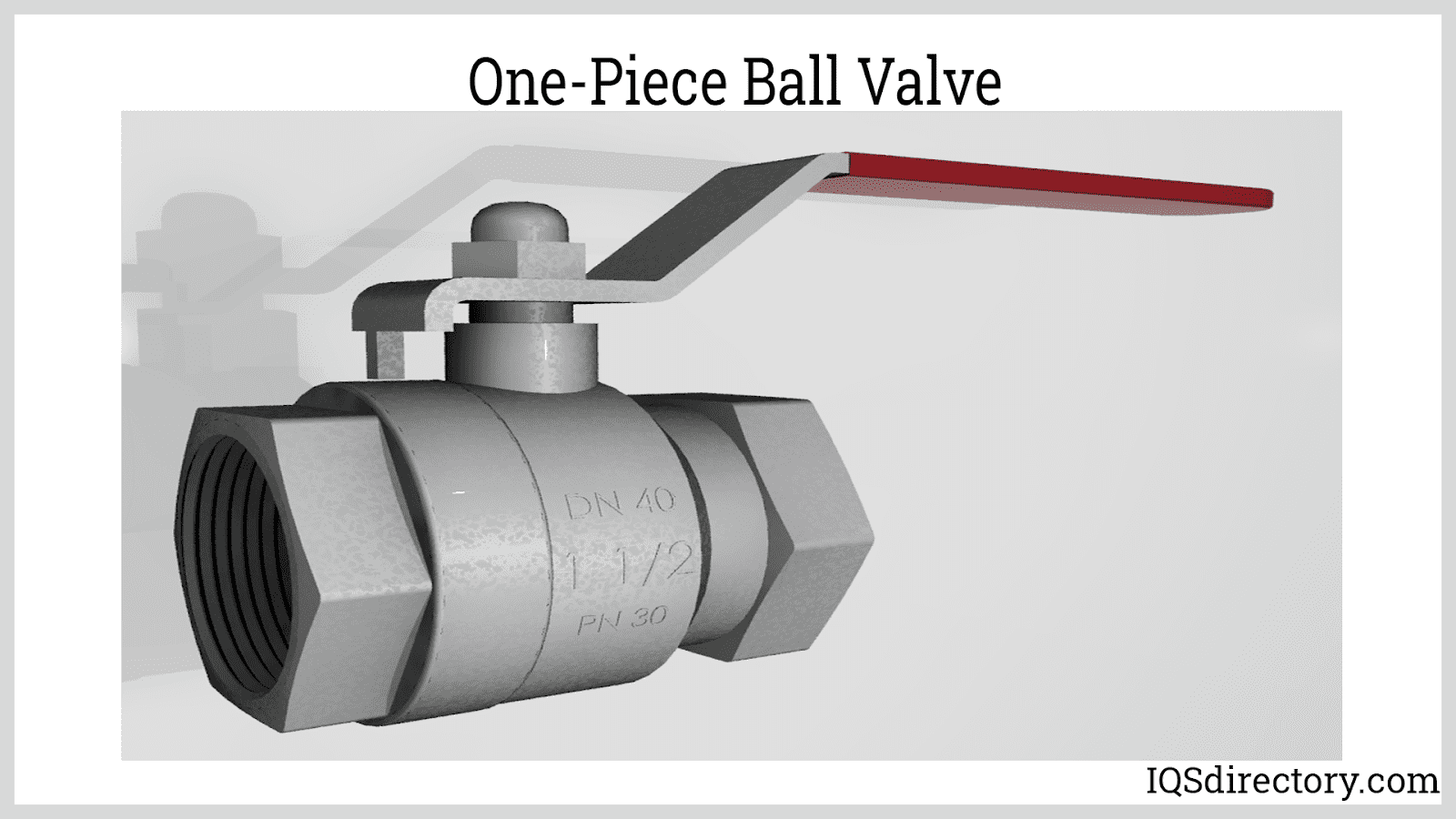
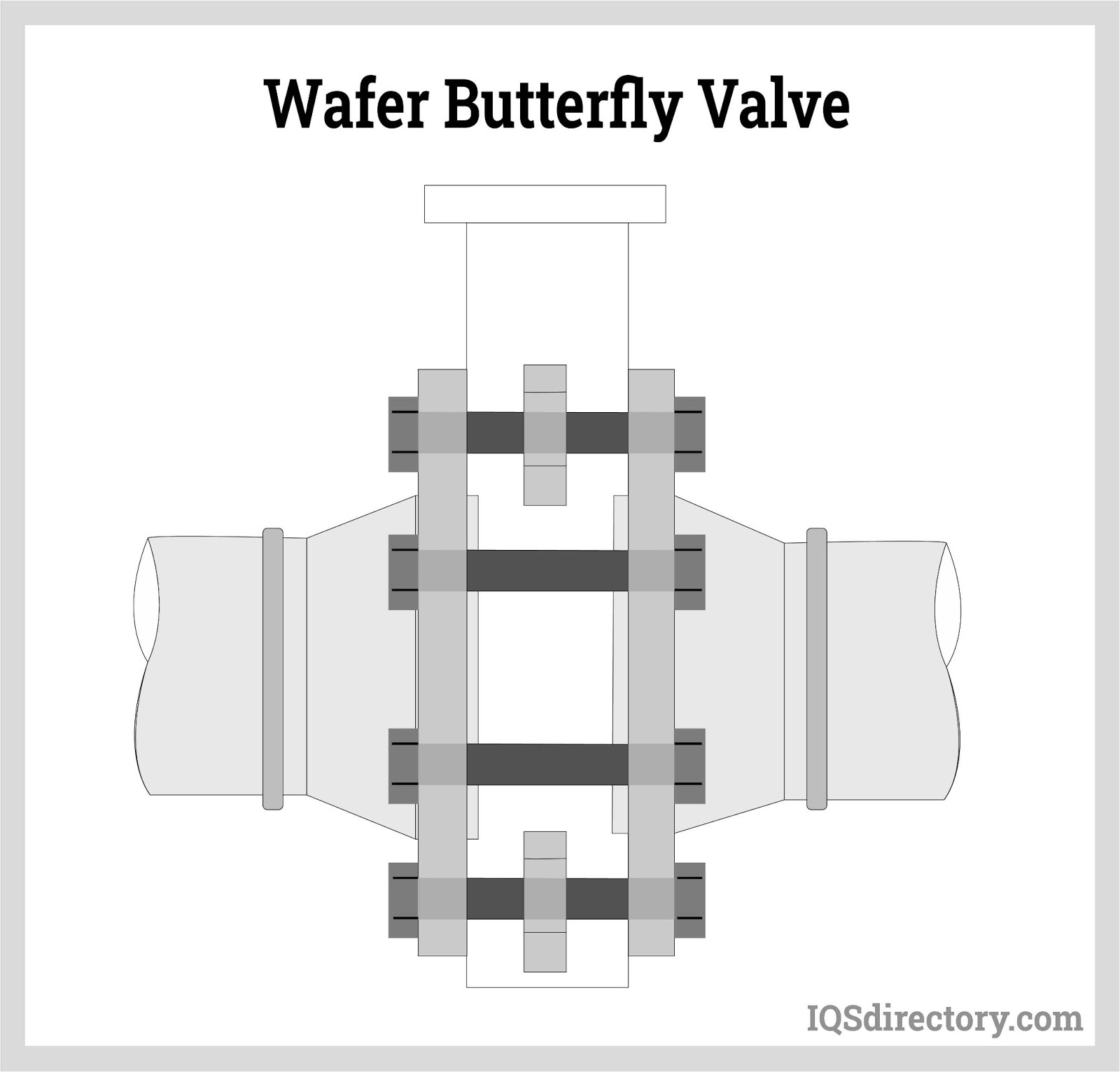
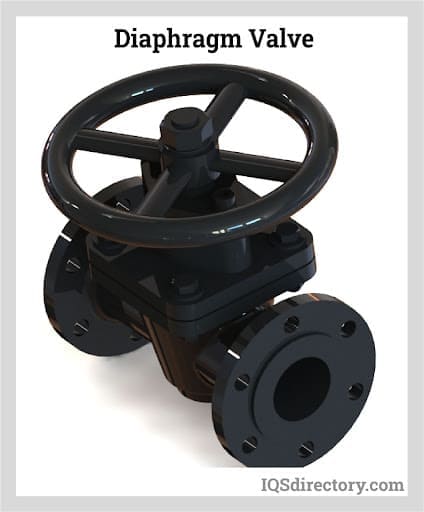
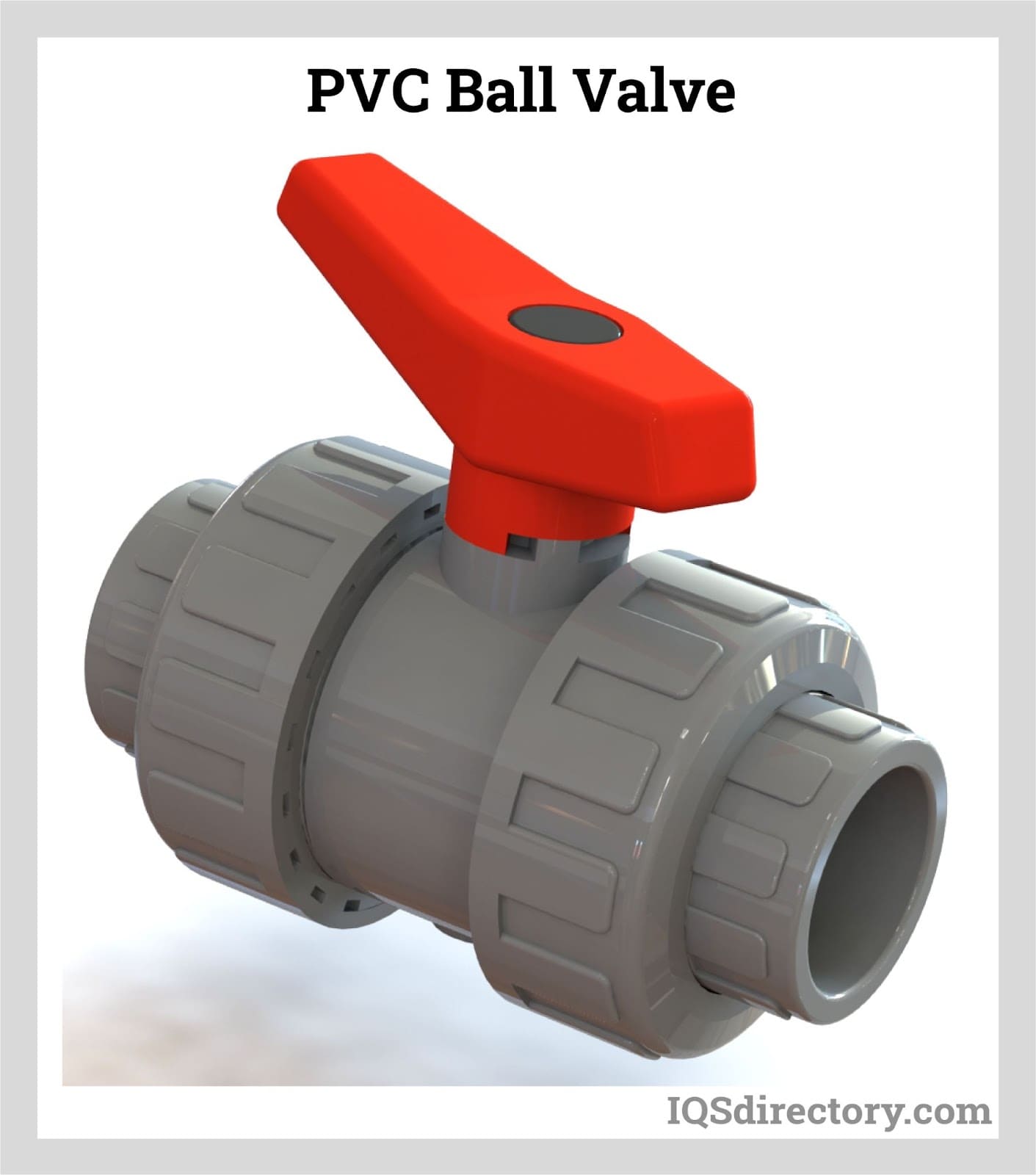
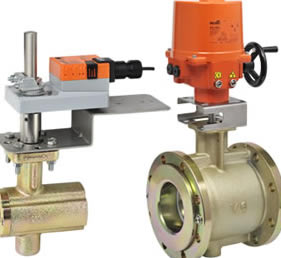 Ball Valves
Ball Valves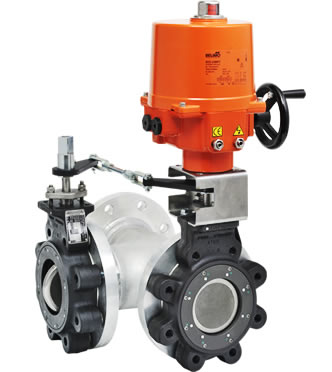 Butterfly Valves
Butterfly Valves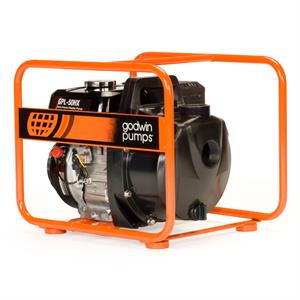 Centrifugal Pumps
Centrifugal Pumps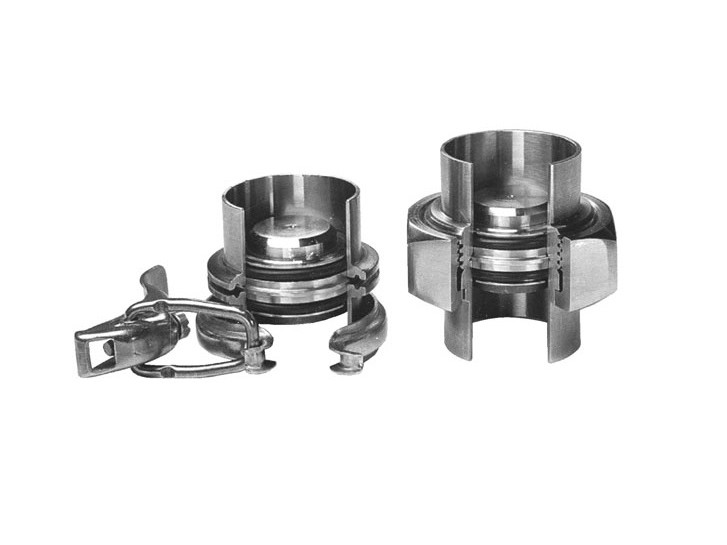 Check Valves
Check Valves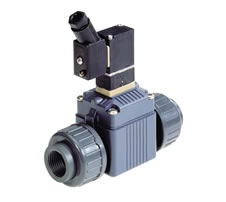 Diaphragm Valves
Diaphragm Valves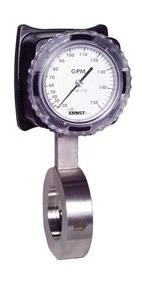 Flow Meters
Flow Meters Hydraulic Pumps
Hydraulic Pumps Hydraulic Valves
Hydraulic Valves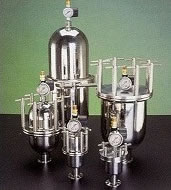 Metering Pumps
Metering Pumps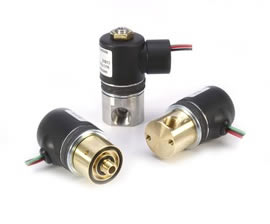 Solenoid Valves
Solenoid Valves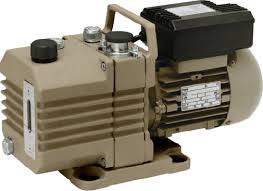 Vacuum Pumps
Vacuum Pumps Castings & Forgings
Castings & Forgings Bulk Material Handling
Bulk Material Handling Electrical & Electronic Components
Electrical & Electronic Components Flow Instrumentation
Flow Instrumentation Hardware
Hardware Material Handling Equipment
Material Handling Equipment Metal Cutting Services
Metal Cutting Services Metal Forming Services
Metal Forming Services Metal Suppliers
Metal Suppliers Motion Control Products
Motion Control Products Plant & Facility Equipment
Plant & Facility Equipment Plant & Facility Supplies
Plant & Facility Supplies Plastic Molding Processes
Plastic Molding Processes Pumps & Valves
Pumps & Valves Recycling Equipment
Recycling Equipment Rubber Products & Services
Rubber Products & Services